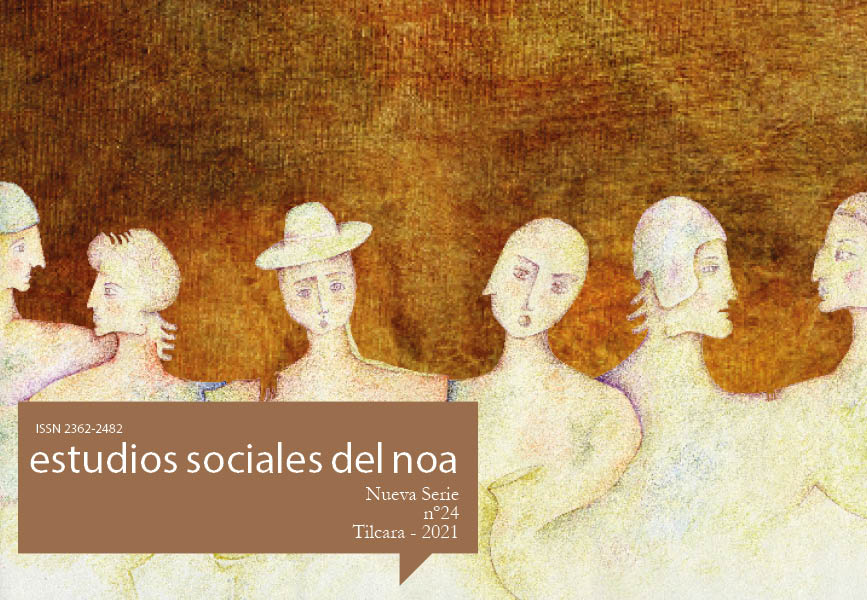Primera aproximación a la bioarqueología del sitio Malka 2/familia Carrazana Paredes
Resumo
Se presentan los resultados preliminares del análisis de restos humanos, óseos y dentales recuperados en un trabajo de arqueología de rescate realizado en Carrazana/Paredes de la localidad de Tilcara, Jujuy. El análisis bioarqueológico incluye la determinación del número mínimo de individuos (MNI) de cada uno de los 16 entierros y la estimación de edad y sexo. Como resultado se pudo determinar la presencia de al menos 24 individuos, 8 de los cuales son subadultos, uno juvenil y 15 adultos, uno de ellos femenino, en tanto que del resto no fue posible estimar el sexo. Dado el mal estado de preservación de los restos, solo pudieron relevarse patologías orales como las caries y el desgaste dental. Se registró una baja frecuencia de caries a la vez que un alto grado de desgaste dental incluso en individuos de corta edad. Se destaca como aspecto relevante la existencia de piezas dentales correspondientes a individuos infantiles de diferentes edades, lo cual, en ausencia de restos óseos asociados, podría integrar el repertorio de ofrendas o acompañamiento hacia los difuntos adultos.Downloads
Los/as autores/as que publiquen en esta revista aceptan las siguientes condiciones:
- Los/as autores/as o traductores/as conservan los derechos de autor y ceden a la revista el derecho de la primera publicación, con el trabajo registrado con Licencia Creative Commons Atribución-NoComercial-CompartirIgual 4.0 Internacional, que permite a terceros utilizar lo publicado siempre que mencionen la autoría del trabajo y la primera publicación en esta revista.
- Los/as autores/as pueden realizar otros acuerdos contractuales independientes y adicionales para la distribución no exclusiva de la versión del artículo publicado en ESNOA (p. ej., incluirlo en un repositorio institucional o publicarlo en un libro) siempre que indiquen claramente que el trabajo se publicó por primera vez en esta revista.












